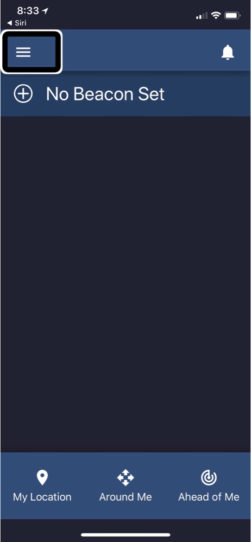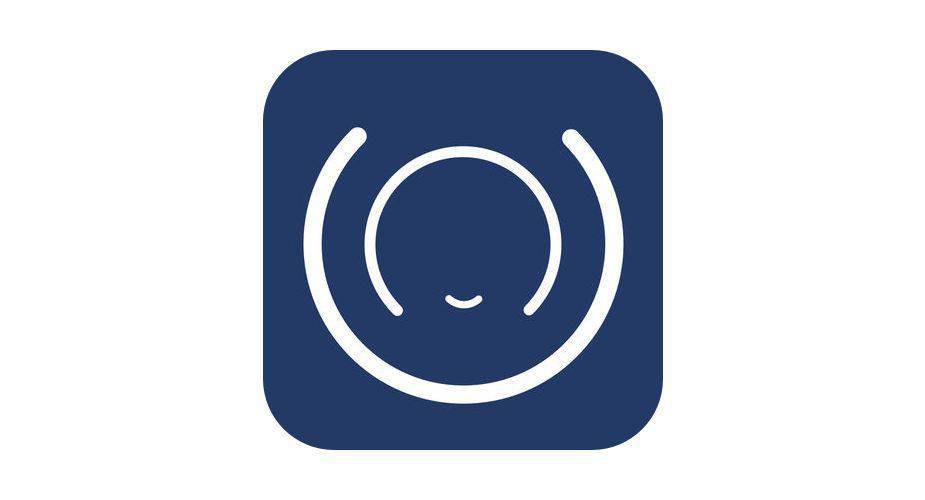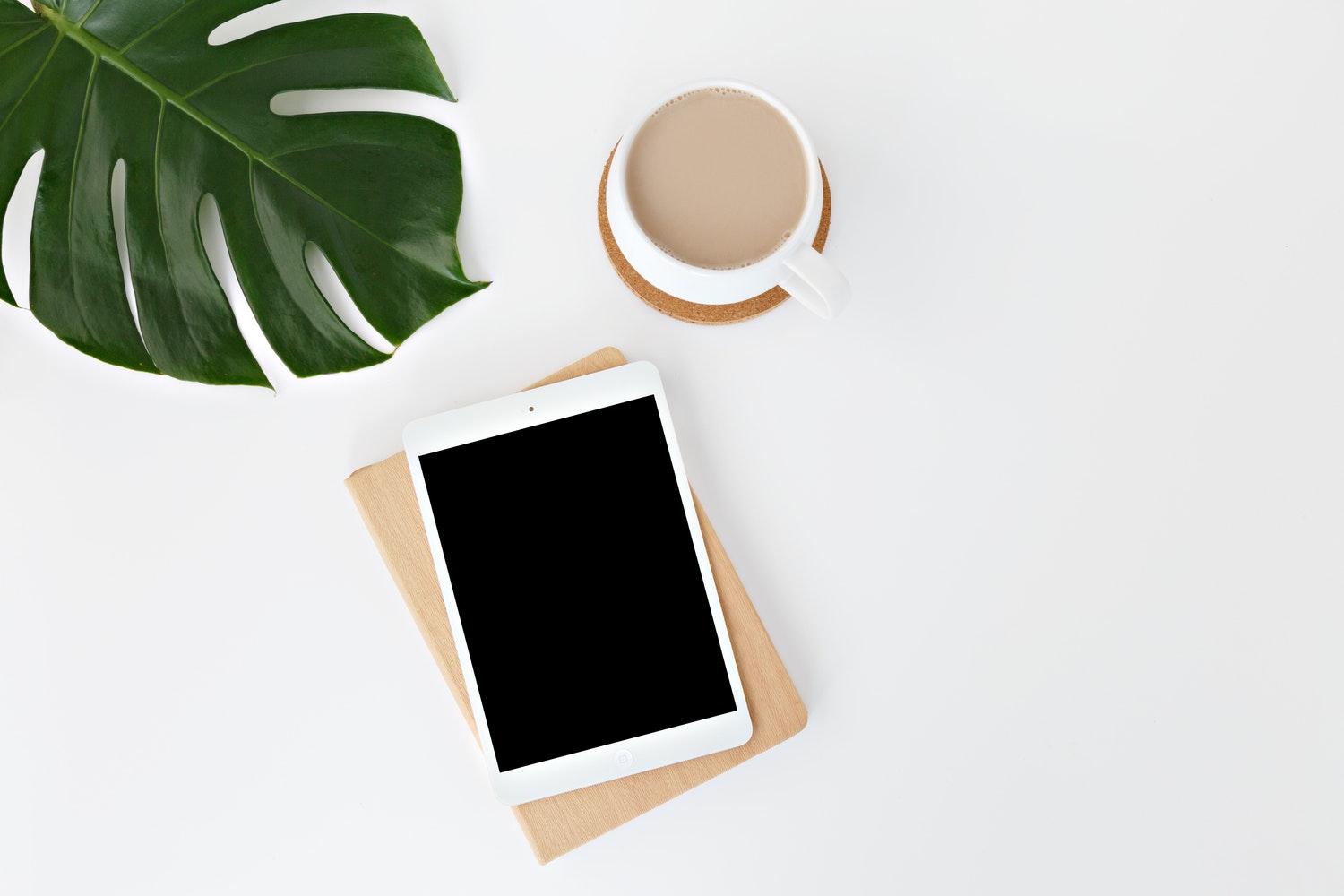As navigation apps go, for people with visual impairments, Soundscape was one of the few worth discussion. It enhanced awareness of our surroundings, like walking with a friend who describes the environment. So it is disappointing to share the news that Microsoft has discontinued its development. No longer available on the App Store or on Google Play, users with the app currently downloaded to a device will have it until the end of June 2023, at which time it will stop functioning.
The announcement from Microsoft says, in part, “The Soundscape code is now available as open-source software on GitHub at https://github.com/microsoft/soundscape, so that anyone can continue to build on, and find new ways to leverage, this novel feature set for the growing navigation opportunities in today’s world. As Microsoft Research continues to expand into new accessibility innovation areas, we hope the open-source software release of the Soundscape code supports the community in further developing confidence and utility of spatial audio navigation experiences.”
We, too, hope the code helps in the development of new applications and that Microsoft Research will continue to expand into new accessibility innovation.
Microsoft Soundscape 2018: A Review Of What It Can Do
Microsoft is clearly on a mission to advance accessibility for people with vision loss, and that is a very good thing. The past six months have seen the launch of two significant new apps to iPhone users, both intent to give us the information we are unable to discern visually.
The first app, Seeing AI, has very quickly become a crowd favorite. It’s ability to instantly read short text (signs, addresses, labels, and packaging) is reason enough to use it. It also reads documents, product barcodes, currency, color, handwriting and more.
The newest app in this collection is ‘Soundscape,’ a navigation tool, described as a “map delivered in 3D sound.” Not to be confused with the GPS app you’ve been waiting for, there is no turn by turn directions, no specific guidance from point A to point B. And, as we experience with all GPS, there is the issue of accuracy. Putting that aside, this app still has much to offer.
Soundscape provides an enhanced awareness of what’s around you. It’s kind of like walking along with a friend who is pointing out stores, restaurants, structures, and intersections. The information comes in 3D stereo sound, information about what is on your left comes to you from the left, what’s on the right comes from the right, and what’s in front comes from the center. The audio is impressive.
With progressing central vision loss, I have not been privy to the specifics of my surroundings for a while. There is something wondrous about knowing what’s around me in any given spot. You might think you would get used to the not knowing, but the curiosity never really subsides. Soundscape is a bit of a thirst quencher in this way.
Like all technology, you need to work with this and find out what it can do. At first, I must admit to being frustrated by the free-floating information about what’s “around” without any clues for getting to it. Then I started to appreciate the narrative as I learned about places near and new to me. To get this type of information before, I would ask someone I’d be walking with to “Please tell me everything that’s on this street.” The Soundscape app basically does that, just not exactly. You must be aware and accepting, that there is a margin for error.
The greatest benefit I derived from this app is the telling of street names, numbers, and intersections. Before Soundscape, my best method for figuring out what street I was on was to ask Siri, “Where am I?” That approach also not always accurate. Using ‘My Location’ lets me know what street I’m on and what intersection is coming up. I love that!

main screen.
The Soundscape app has a cleanly designed interface with the following options:
- Menu
Select, or search and save, reference points.
Manage Call Outs by selecting the information you want to be called out automatically like Places and Landmarks, Intersections, Destination Distance, Bluetooth Beacons Indoors and Location Updates. Here you will also find Help and Tutorials and Settings.
- Set a Beacon
Select a specific location and audio beacon will indicate when you are facing the direction of your selected location, it will not set a path or take you there.
- Call Outs On/Off
- My Location
Gives you current location, direction facing, nearby roads and points of interest.
- Around Me
Tells you about one thing in each direction: ahead, to right, behind you, and to the left.
- Ahead of Me
Helps you discover what’s coming up ahead.
Holding the phone flat in your hand with the top facing the direction you are heading will enable it to function like a compass.
Soundscape and Seeing AI apps eat up battery power, so it is well advised to always carry a backup.
It’s very safe to say this is just the beginning for Soundscape and Seeing AI. Microsoft will surely continue to develop and improve these technologies. Try this in your city. You’ll help the progress by sending feedback to [email protected].
And don’t forget, you can always call the Microsoft Disability Answer Desk for help at 800-936-5900.
Please note that this article was not paid for, affiliated with, or endorsed by any third-party companies. The views and opinions expressed in this article are solely those of the author’s.
This post was originally published March 16th, 2018 and updated on February 20, 2023

